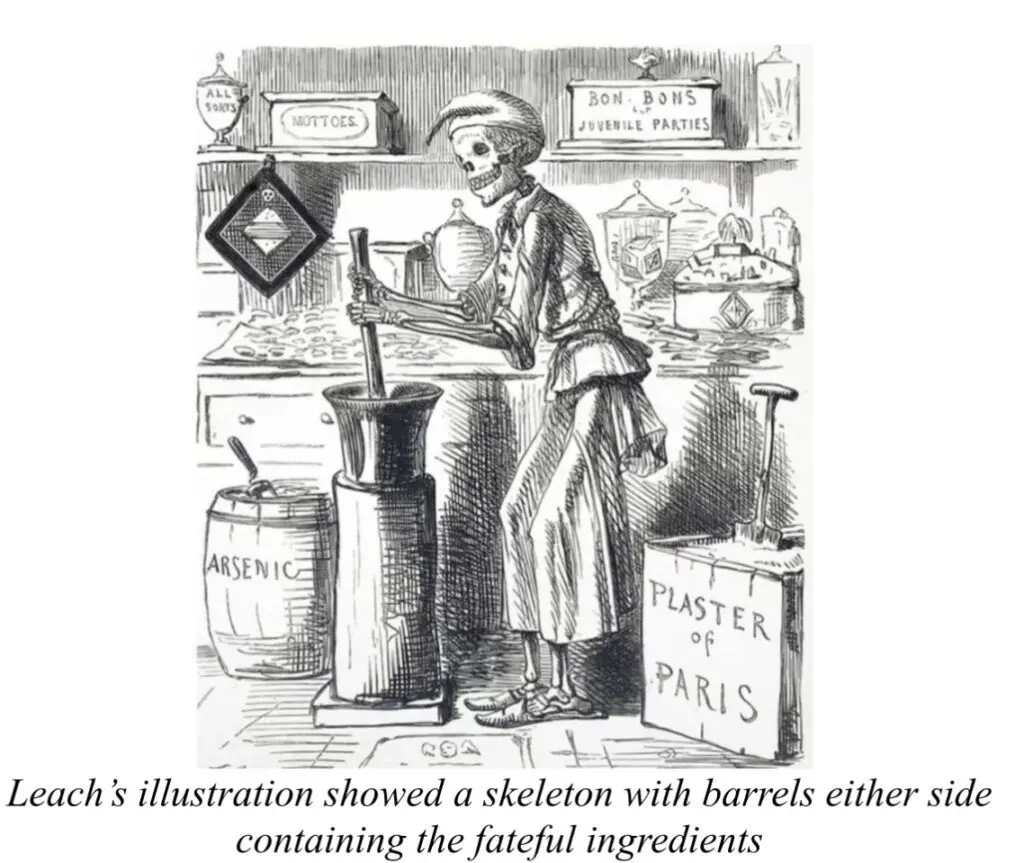The Weekly Reflektion 45/2023
Most of us are focussed on costs to improve the ‘bottom line’. Cost-saving initiatives are part of our everyday lives.

How do you make sure cost-saving initiatives do not have unforeseen consequences?
On 31 October 1858, the normally harmless Halloween sweetstreat killed several children, causing panic across Bradford, England, and a rapidly rising death toll. This is how a mix-up, rooted in trying to save a few pennies on sugar, rocked Victorian Britain and changed UK laws.
When William Hardacre, also known as “Humbug Billy”, shut up shop for the day, he no doubt congratulated himself on a successful day’s trade. The market stall holder had not only sold five pounds of peppermint sweets to the people of Bradford that day, but he had also bought them at a knock-down price to begin with. When he collected the sweets from the wholesaler, he noticed they were darker than usual, so he haggled with confectioner Joseph Neal and saved half a penny per pound. By nightfall the next day, several of his customers were dead.
Nine-year-old Elijah Wright died in the early hours of Halloween, it was thought, from cholera. An hour later, Joseph Scott’s father left their home to fetch a doctor for his 14-year-old son who was suddenly violently ill. By the time he returned, it was too late. Both had bought sweets from Humbug Billy the day before – but the connection had not yet been made. As the day wore on, reports began pouring in from all over the district that people were ill and dying.
Finally suspecting the sweets, the police went to Hardacre’s home and learned he was not only sick in bed from eating his tainted wares but that he’d sold about 1,000 sweets the day before. They had followed the trail from Hardacre to Neal,who had a plan to replace some of the costly sugar in the sweets with plaster of Paris to save some money, normal practice in those days.
Neal’s untrained apprentice had made the sweets and had replaced the sugar with white powder from a sack, as instructed. Unfortunately, he chose the wrong white powderwhich turned out to be arsenic, and not plaster of Paris. By 4thNovember, the death toll had reached 18, with the youngest aged just 17 months. The artist John Leech became as well-known for his drawing in Punch magazine of a skeleton pounding sugar in a sweet shop shown in the illustration.
The incident led to the introduction of the Pharmacy Act of 1868, which not only limited the sales of poisons and dangerous drugs to qualified pharmacists, but established a regulatory framework for the sale of poisons that to this day requires drugs to be appropriately labelled.
Initiatives taken to save money have to be carefully considered, and the communication of what is to be done should be clear and concise. People involved in the consequent changes need to be competent and understand what is required of them. Even today cost-saving initiatives have serious consequences that should have been foreseen when the initiative was introduced.
